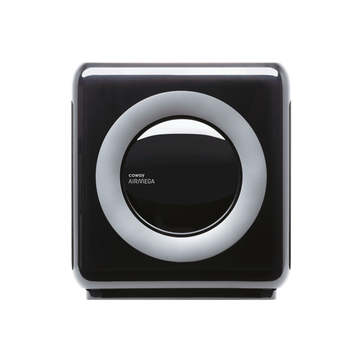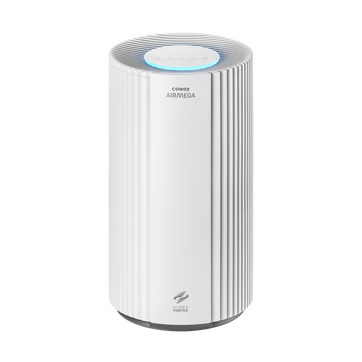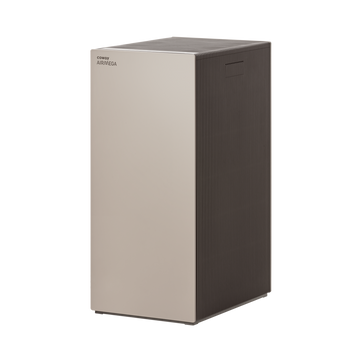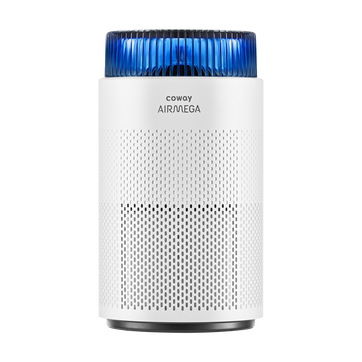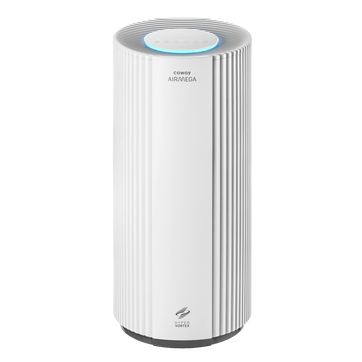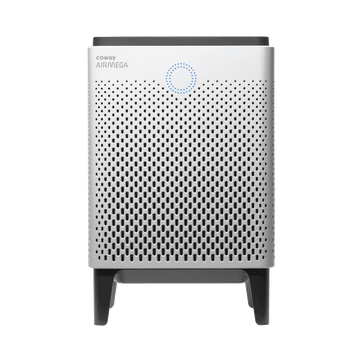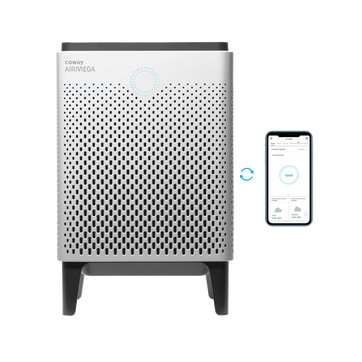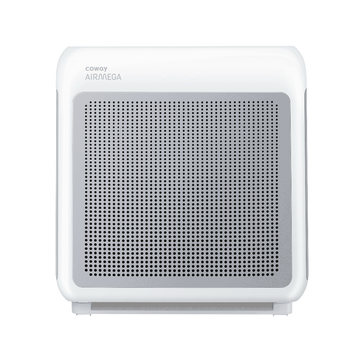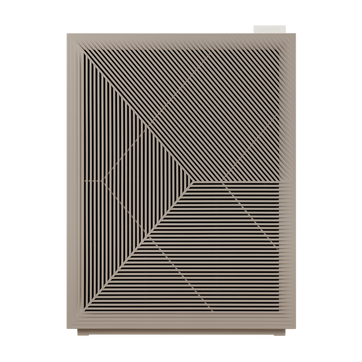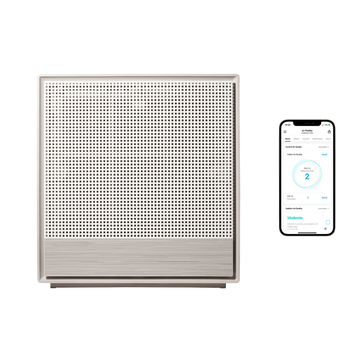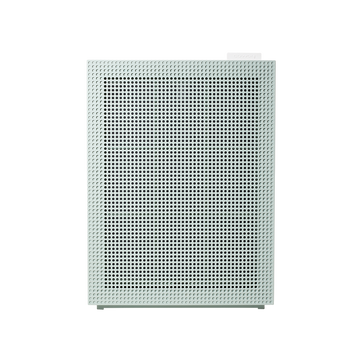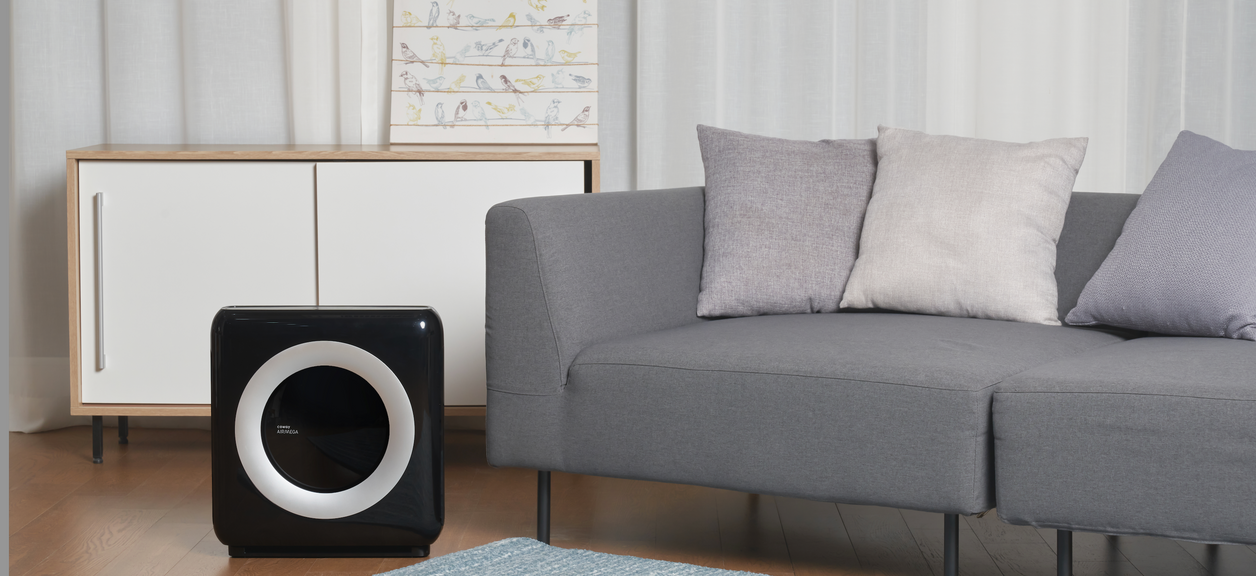
Why Do Apartment Buildings Need Air Purifiers?
Indoor air quality significantly impacts resident health and well-being, especially in an apartment setting. In North America, people spend approximately 87% of their time indoors, yet many of our apartments contain very harmful pollutants. In fact, the World Health Organization estimates that indoor air pollution contributes to 1.5 million deaths globally each year.
For apartment building owners and property managers, installing high-quality air purifiers can completely transform tenant experience while creating a clear competitive advantage during peak moving season.
What Health Risks Do Apartment Residents Face From Poor Air Quality?
The American Lung Association reports that asthma rates in multi-unit housing are twice as high as in the general population. This occurs because residential buildings concentrate common allergen triggers:
- Dust mites that accumulate in carpeting and shared ventilation systems
- Pet dander that transfers between units through air circulation
- Mold spores from humidity in bathrooms and kitchens
- Industrial-grade cleaning chemicals used in common areas and hallways
- Seasonal pollen that enters through windows and doors
Air purification systems with HEPA filtration can capture these microscopic particles, preventing respiratory irritation and long-term health issues for tenants.
What Toxic Pollutants Are Common in Apartment Buildings?
Building owners have legal responsibilities to maintain safe indoor air quality standards. Apartments often contain concerning levels of:
- Carbon monoxide from heating systems and attached garages
- Volatile organic compounds (VOCs) from furniture, paint, and flooring
- Radon seeping from foundation materials
- Lead particles from older building materials
- Pesticide residue from routine pest management
Airmega air purifiers are equipped with activated carbon filtration systems that effectively remove these chemical compounds, demonstrating a property manager's commitment to resident safety and regulatory compliance.
How Do Air Purifiers Improve Property Management and Tenant Attraction?
First impressions dramatically influence rental decisions. Multi-family housing units face unique odor challenges:
- Cooking aromas travel through shared ventilation
- Chemical smells from cleaning products linger in hallways
- Humidity creates musty odors in poorly ventilated areas
- Adjacent unit activities affect neighboring apartments
Air purification systems with carbon filtration technology eliminate these persistent odors rather than masking them, creating a neutral, fresh-smelling environment that immediately appeals to prospective tenants during property tours.
How Did COVID-19 Change Air Quality Expectations?
The pandemic fundamentally shifted tenant priorities regarding ventilation and air purification. Today's renters:
- Recognize airborne transmission risks in multi-unit buildings
- Research air quality measures before signing leases
- Consider clean air an essential well-being factor
- Expect proactive management of respiratory health risks
Coway's new Airmega 350 and 450 models build on the proven performance of their predecessors. Their advanced air purification capability makes these new models an essential feature for property managers to highlight during discussions with health-conscious prospective tenants who prioritize respiratory safety in their living environments.
What Makes Coway Air Purifiers Ideal for Apartment Buildings?
How Does HyperCaptive™ Filtration Technology Work?
Coway's proprietary air purification systems exceed industry standards with:
- Multi-stage filtration capturing particles down to 0.01 microns
- Green True HEPA™ filters removing allergens, bacteria, and viruses
- Activated carbon layers neutralizing chemical pollutants and odors
- Smart monitors adjusting performance based on real-time air quality
The comprehensive approach addresses both visible and invisible contaminants that standard HVAC systems often miss.
What Documentation Benefits Do Smart Air Purifiers Provide?
For property managers, Coway's connected devices offer valuable operational advantages:
- Real-time air quality monitoring accessible remotely
- Documented compliance with indoor air quality regulations
- Shareable data reports for prospective tenants and building inspectors
- Maintenance tracking to ensure optimal performance
These features transform air purifiers from simple appliances into comprehensive air quality management systems that protect both resident health and property investments.
Why Are Air Purifiers Essential for Competitive Property Management?
Installing apartment air purifiers demonstrates a deep commitment to resident well-being while addressing growing consumer awareness about indoor environmental health. During moving season, when potential tenants compare multiple properties, air purification becomes a meaningful differentiator that communicates value beyond basic amenities.
By implementing Airmega air purifiers throughout your residential building, you're not just filtering air—you're creating healthier living environments, reducing maintenance issues related to humidity and odors, and positioning your property at the premium end of the rental market.
Sources:
Consumer Product Safety Commission The Inside Story: A Guide to Indoor Air Quality | CPSC.gov
Environmental Protection Agency Introduction to Indoor Air Quality | US EPA
World Health Organization Household air pollution
Disclaimers
1Coway air purifiers have been proven to trap dust, pollen, dander, viruses and bacteria in the air based on KCL (Korea Conformity Laboratories) testing.They have been tested in a 30㎥ size chamber according to the Korea Air Cleaning Association standard (SPS-KACA 002-132:2022 Modified) to measure the 0.01㎛ size of particle removal rate. It was tested on maximum airflow speed in normal room temperature and humidity conditions. The performance may vary in the actual living environment of customers.
→ Tested with Airmega Aim, 50, 100, 150, 160, Tower AP-1216L, Mighty AP-1512HH, MightyS AP-1512HHS, 200M, Icon, IconS, 230, 240, 250, 250 Art, 250S, 300, 300S, 350, 400, 400S, 450, ProX
299.97% of viruses, bacteria, fungi and pollen were verified to be removed from the air for Coway air purifiers which have Green True HEPA™ filter applied based on the Japan Food Research Laboratories(JFRL) testing according to JEM 1467 standard.
→ Tested with Coway Airmega Mighty AP-1512HH, MightyS AP-1512HHS, 250, 250 Art, 250S, 300, 300S, 400, 400S
→ All tested by JFRL and received above result within below time.
4The concentration of ammonia, acetaldehyde and acetic acid were proven to be removed within 30 minutes by FCG Research Institute, Inc. Human Life Science Lab. It is not a demonstration result in the actual use space. Not all odors and gases may be supported. → Tested with Coway Airmega 150, 160, Mighty AP-1512HH, MightyS AP-1512HHS, 400, 400S
5The coverage area of the air purifier is based on an area where the air cleaner can make two air changes per hour (ACPH). An air change per hour translates to how many times an air purifier can clean an area, assuming the height of a ceiling to be 8 ft, in one hour. Therefore ** means two air changes per hour means that the cleaner can clean the area once every 30 minutes and * means air changes per hour means that the air purifier can clean the area once every 60 minutes.
10Terms and conditions apply. Discounts, including promotions, coupons, bundle discount and subscription discount, cannot be stacked on top of other coupons. During promotional periods, discount codes will not be able to be applied to orders. Promo codes may apply to products only—filters, accessories, and new products within 3 months of the release date are not included.
11Based on Coway R&D internal laboratory testing, activated carbon filtration was shown to remove up to 95% of ammonia odors within 40 minutes, and up to 99% of fecal odors within 20 minutes. Actual performance may vary depending on usage conditions.

